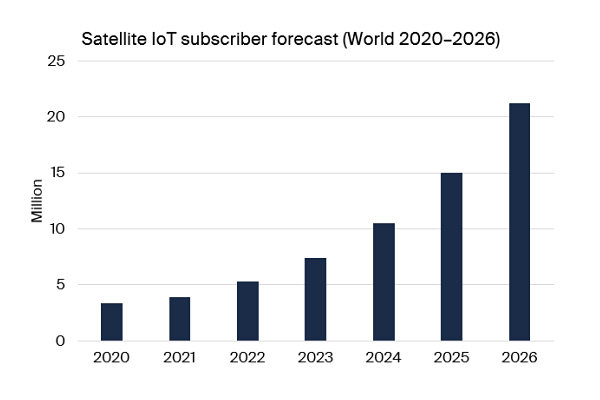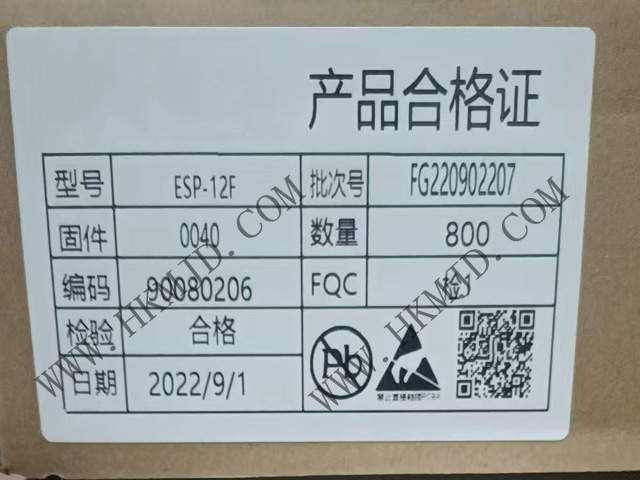Welcome Here Shenzhen Mingjiada Electronics Co., Ltd.

sales@hkmjd.com

sales@hkmjd.com

Service Telephone:86-755-83294757
 Latest Information
Latest InformationThe number of satellite IoT users will grow at a compound annual growth rate (CAGR) of 40.3% to reach 21.2 million units by 2026.
The global satellite IoT communications market is growing steadily, according to a new research report by specialist IoT analytics firm Berg Insight.
Despite the impact of the COVID-19 pandemic, the global satellite IoT user base will grow to over 3.9 million in 2021.
The number of satellite IoT users will grow at a compound annual growth rate (CAGR) of 40.3% to reach 21.2 million units by 2026. Only about 10% of the Earth's surface has access to terrestrial connectivity services, leaving a huge opportunity for satellite IoT communications.
Satellite connectivity complements terrestrial cellular and non-cellular networks in remote areas, especially for applications in agriculture, asset tracking, maritime and intermodal transportation, oil and gas industrial exploration, utilities, construction and government. Existing satellite operators and more than two dozen new initiatives are now betting on the IoT connectivity market. The new study covers a total of 44 satellite IoT operators.
"Iridium, Orbcomm, Inmarsat and Globalstar are the largest satellite IoT network operators today," said Berg Insight principal analyst.
Last year, Iridium's user base grew by 21% and became the No. 1 service with 1.3 million users. Originally a dedicated satellite operator, Orbcomm has transformed into an end-to-end solutions provider, offering services on its own satellite network and a reseller partner for Inmarsat and others. By the end of 2021, the company has 1.1 million satellite IoT users and Inmarsat's network. Meanwhile, Globalstar has 420,000 subscribers. Other players with tens of thousands of connections include France's Kineis and UAE's Thuraya.

In addition to the existing satellite operators, there have been several new initiatives in the market recently. Some high profile projects include Astrocast, AST SpaceMobile, CASC/CASIC, E-Space, Fleet Space Technologies, Hubble Network, Kepler Communications, Kineis, Ligado Networks, Lynk, Myriota, Omnispace, Skylo, Swarm Technologies (SpaceX) and Graph toum. Many of these are based on the low Earth orbit nanosatellite concept. While some rely on proprietary satellite connectivity technologies to support IoT devices, others are beginning to leverage terrestrial wireless IoT connectivity technologies, including OQ Technology, AST SpaceMobile, Omnispace, Sateliot, Galaxy Space, Ligado Networks, Lynk, Skylo, and Starlink ( 3GPP 4G/5G ); EchoStar Mobile, Fossa Systems, Lacuna Space and Eutelsat (LoRaWAN); Hubble Network (Bluetooth); and Eutelsat (Sigfox).

Time:2025-09-06

Time:2025-09-06

Time:2025-09-06

Time:2025-09-06
Contact Number:86-755-83294757
Enterprise QQ:1668527835/ 2850151598/ 2850151584/ 2850151585
Business Hours:9:00-18:00
E-mail:sales@hkmjd.com
Company Address:Room1239, Guoli building, Zhenzhong Road, Futian District, Shenzhen, Guangdong
CopyRight ©2022 Copyright belongs to Mingjiada Yue ICP Bei No. 05062024-12

Official QR Code
Links: